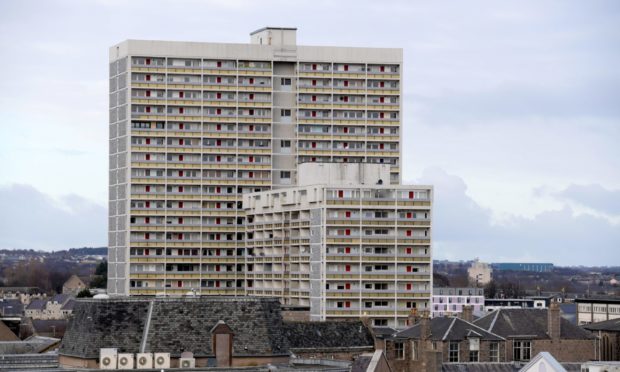Five high-rise buildings in Aberdeen have been awarded A-listed status – as the council confirms it will not make any further appeals against the decision.
Gilcomstoun Land, Seamount Court and Porthill Court at Gallowgate, as well as Marischal Court and Virginia Court at Castlehill, now have the highest historic protections.
The buildings have been recognised for their contribution to Scotland’s history and are said to illustrate “the physical and social changes taking place post-war”.
However, the listings have been met with backlash, with Aberdeen City Council previously lodging an appeal to block the decision.
Controversial Aberdeen listings
Historic Environment Scotland (HES) originally proposed that eight buildings in Aberdeen would be added to the listed building register, but Hutcheon Court, Greig Court and Thistle Court were removed following the appeal.
At the end of last year, the government’s planning and environmental appeals division (DPEA) confirmed five of the buildings would remain listed.
In response, council leader Jenny Laing said further legal advice would be sought, but has today stated the council will not make any further appeals against the decision.
She said: “The council notes the reporter’s decision. We are pleased that the reporter agreed with the council and overturned the listings for Thistle Court, Hutcheon Court and Greig Court.
“Although the buildings at Gallowgate, Castlehill and Gilcomstoun Land will remain A-listed, we also note that the reporter has determined the interiors of those buildings will no longer be listed.
“Following the consideration of legal advice, we do not intend to appeal the reporter’s decision.”
‘Significant challenges’
The high-rise buildings in the city centre, including adjoining shops and multi-story carparks, now hold the same status as Marischal College and the Music Hall.
Any alterations to be made to the buildings will require special consent separate to any planning permission.
The council has raised concerns that the protection will “present significant challenges for the council as corporate landlord”, including the “unreasonable” extra costs that will be required to make changes to the property’s exteriors.

